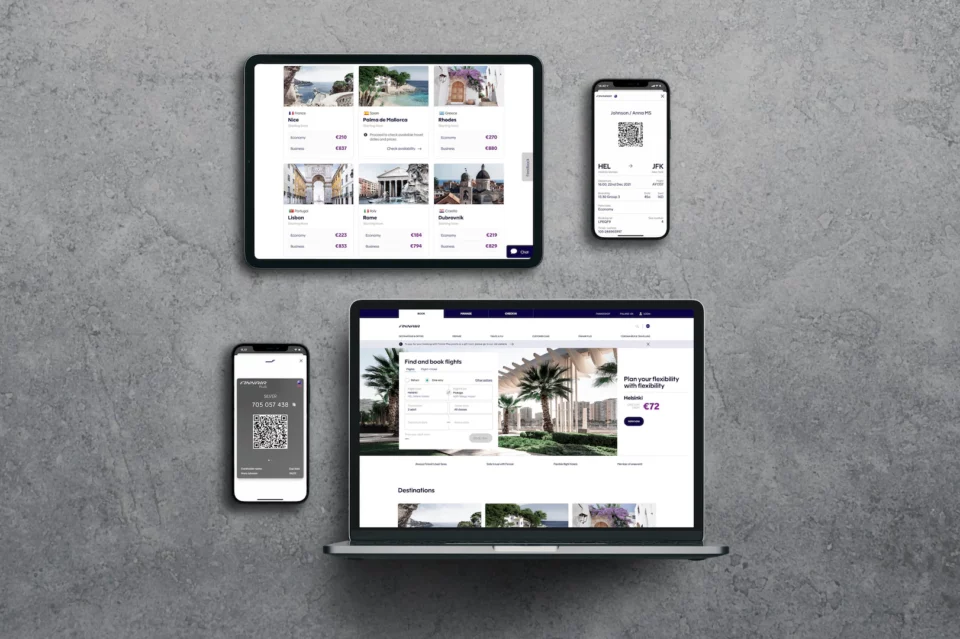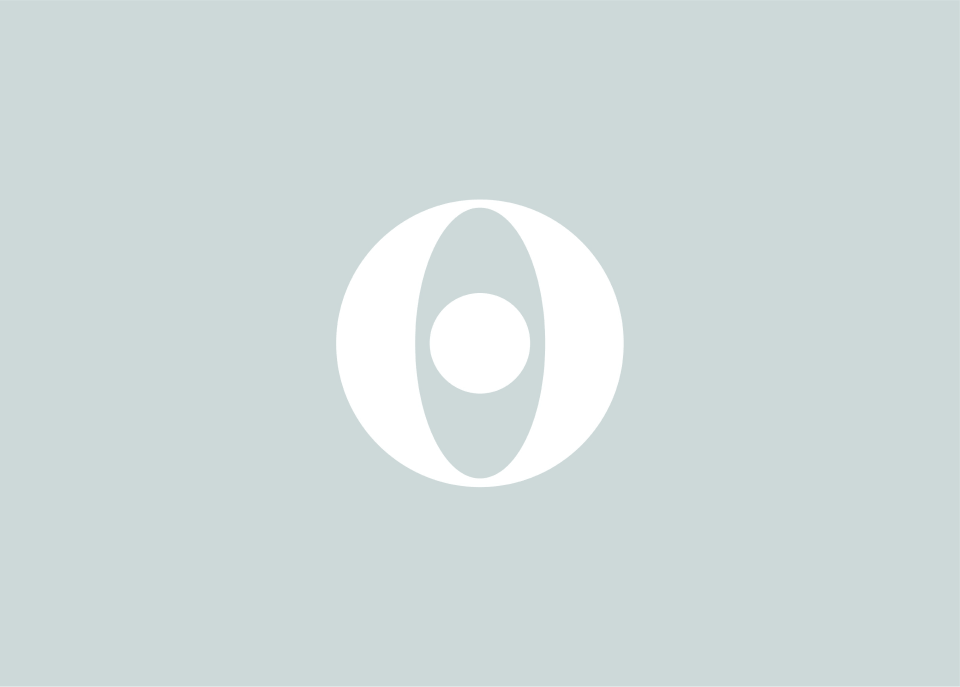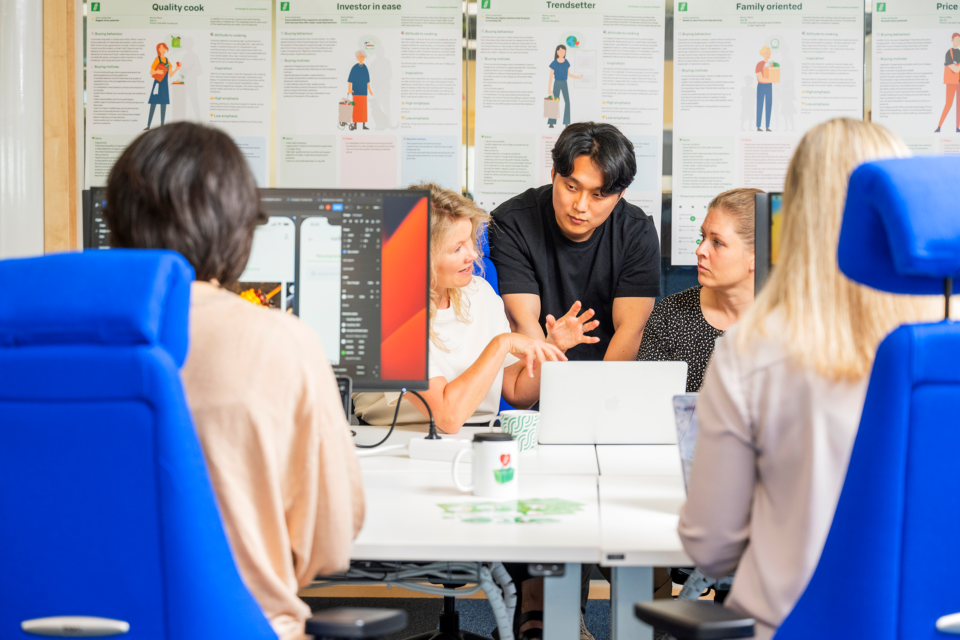Design mission: a sustainable society
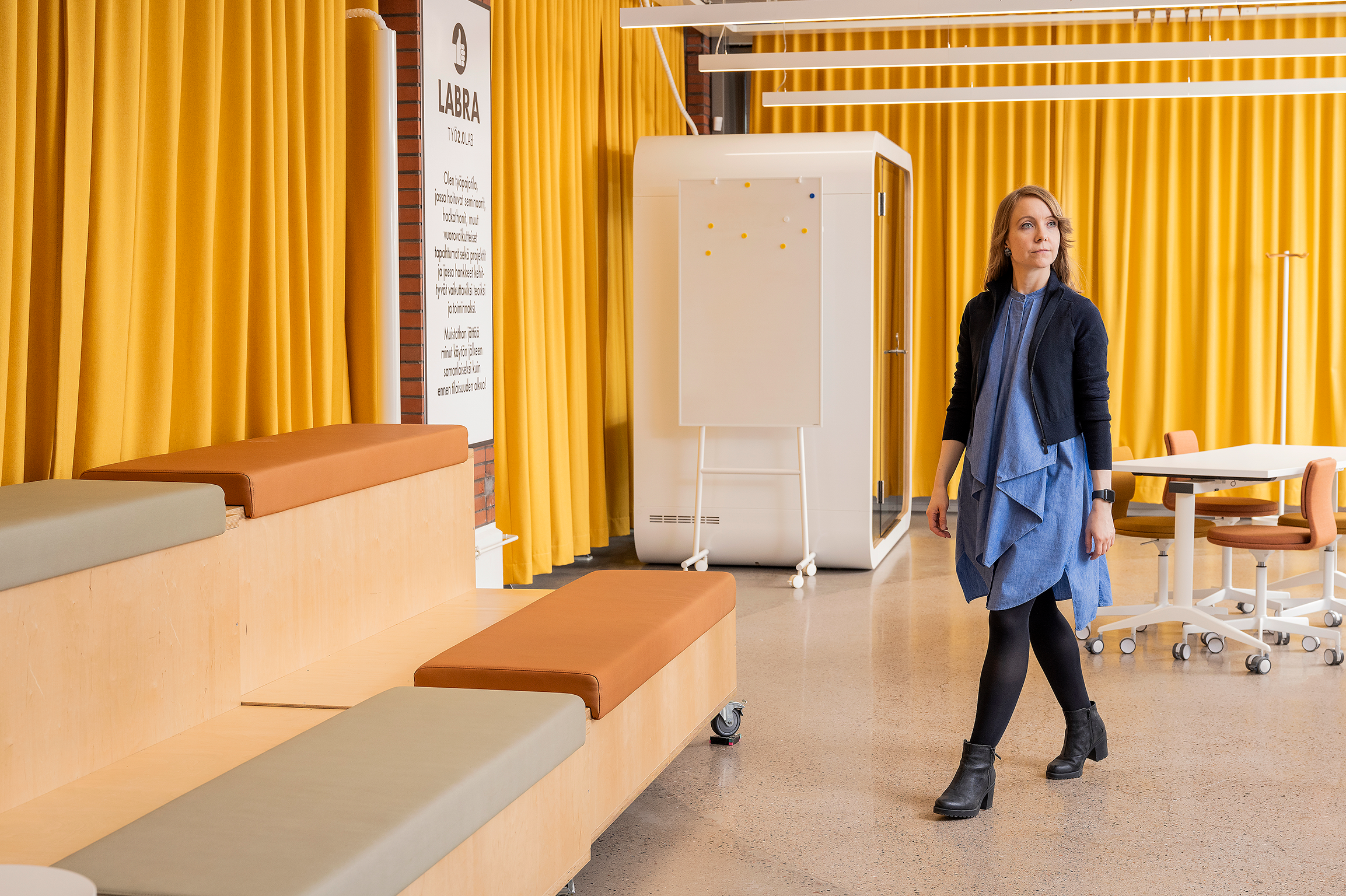
Designers can be at the forefront of building a sustainable everyday life and society. This is what the Ympäristömuotoilijat design network promotes.
Ympäristömuotoilijat (= Environment designers) is a peer designer network working on sustainability themes with the goal to promote sustainability in society through design. The 12 members of the network work in different city and state organisations.
The members of the network coach each other and share information on good practices to promote sustainability in the public sector. Getting peer support from other designers is important, because the members work as part of multidisciplinary teams, and in some cases, as the only designer in the team.
One of the group’s founders, Emma Berg, works as a service designer for the City of Helsinki’s Building Control Service. She’s the only designer on her team. The team advises housing cooperatives on energy renovations and other energy issues, in order to quickly reduce carbon emissions from heating.
Berg’s task is to bring human-centricity and effectiveness to energy counselling. “I design maximum usability and customer experience”, Berg says.
Berg develops the energy advisory to speak equally to both inner-city and suburban housing cooperatives.
“We try different services and see how they work in Kontula, for example.”
Emma Berg
Berg previously worked in the ceramics industry at two large public limited companies. She feels that she can now work more in line with her true values and influence things.
“Although working for the public sector means working for an even bigger machinery than a listed company, I consider it easier to make a positive impact here”, Berg says.
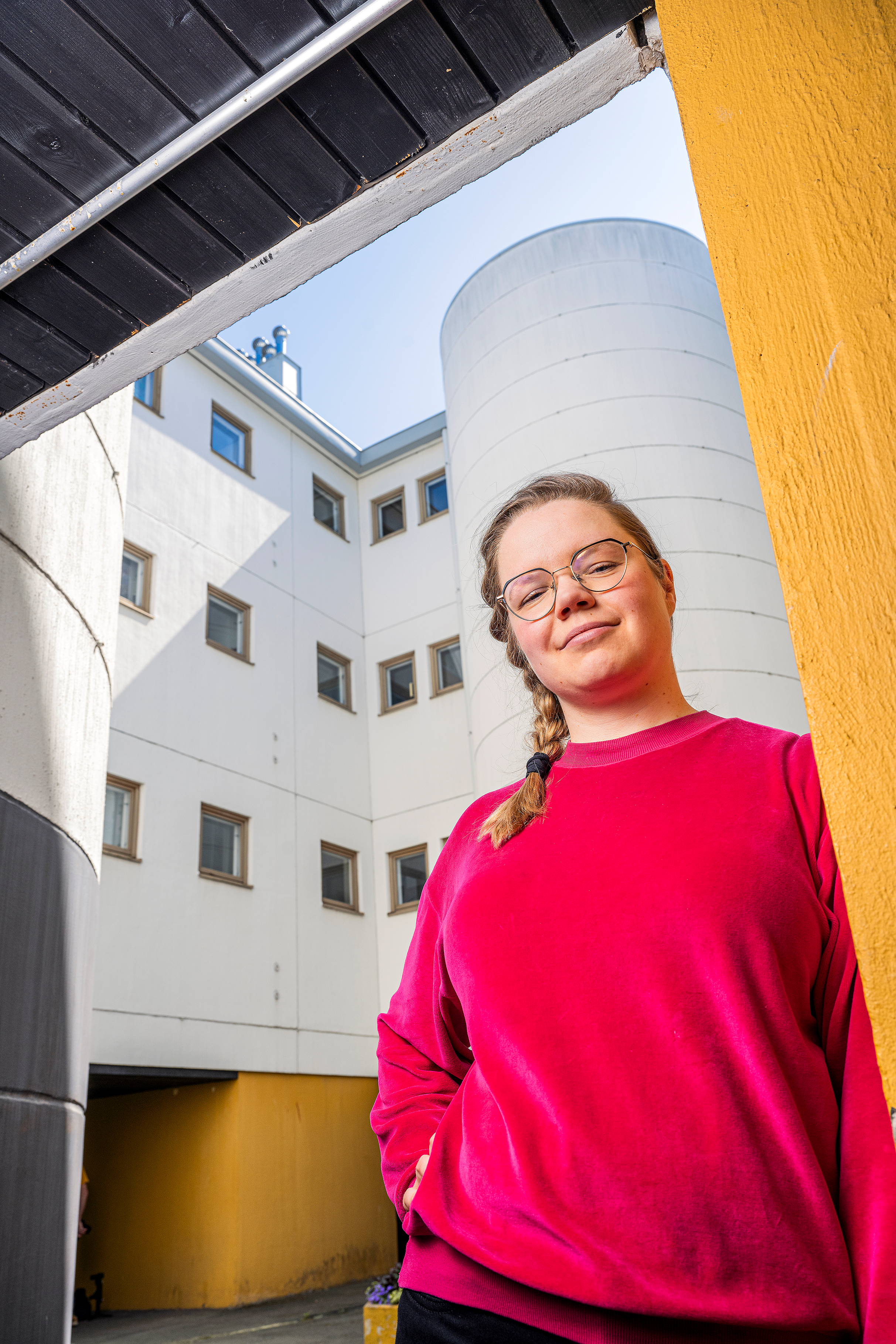
As Oy Lokkisaarentie, a housing company in eastern Helsinki with more than 500 apartments, has switched from district heating to an air-water heat pump system. The outdoor units of the heating system in the yard are camouflaged with a wooden trellis. The city’s energy advisor, whose service designer Emma Berg serves as, brings out pioneers in energy renovations such as As Oy Lokkisaarentie, to encourage other Helsinki building societies to improve energy and reduce emissions.
Linda Vanni, who works as a service designer at Parks & Wildlife Finland, agrees.
She also believes that the public sector offers an opportunity to work in line with one’s personal values, which, ultimately, can potentially affect the lives of all citizens.
Vanni has a background in interior design and has previously worked in a design office in the private sector. “I’ve designed various commercial spaces and working environments, but since then, I’ve been moving towards developing urban environments and public services.”
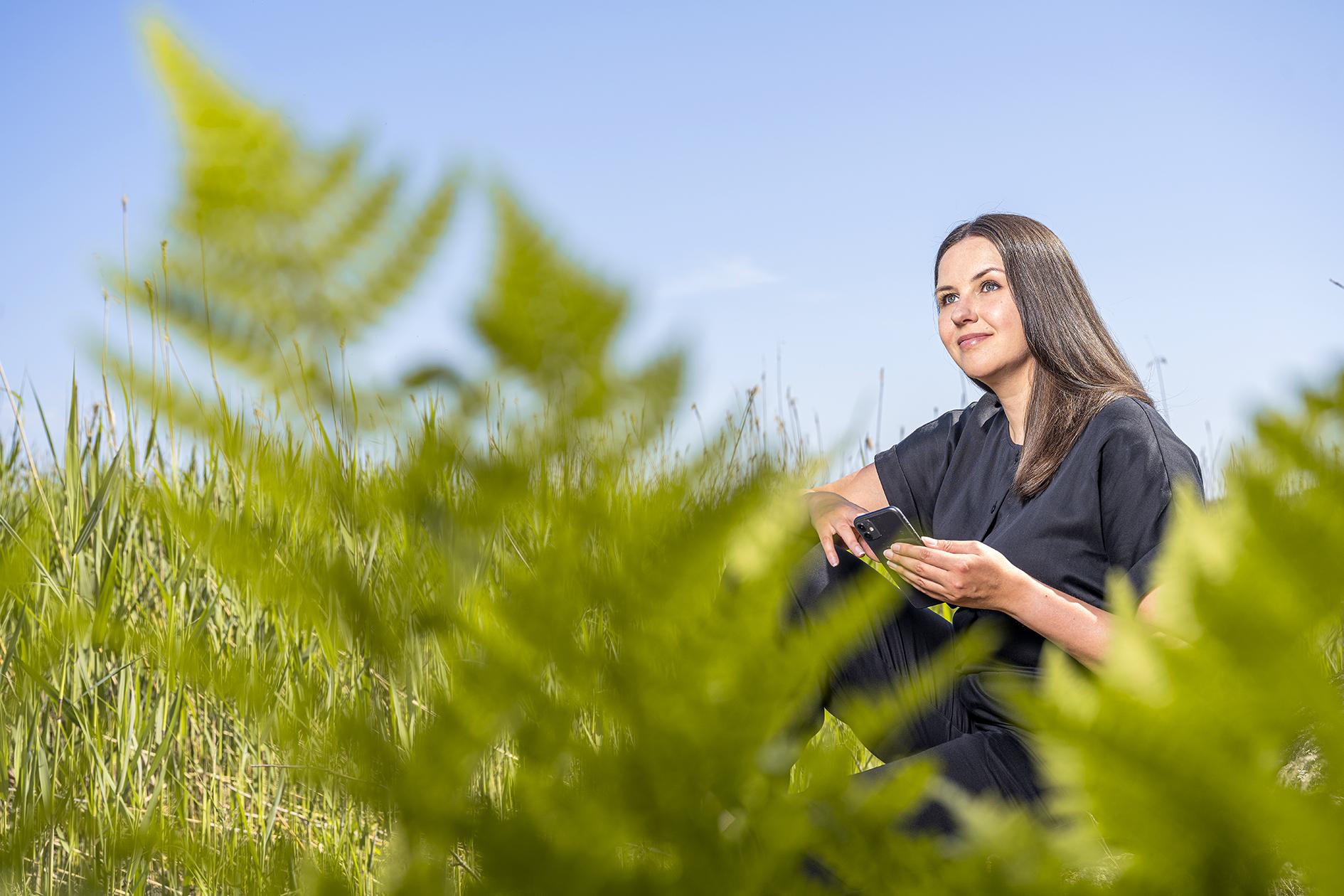
In her current work, Vanni designs digital services based on customer understanding that guide hikers towards responsible and sustainable hiking.
“I am interested in human behaviour and influencing it in a positive way, be it in the city or in nature. My mission is to create services and environments that increase ecological and social well-being and support sustainable behaviour”, Vanni says.
In her work, the Program Manager of Carbon Neutral Actions at the City of Tampere Tiina Leinonen encourages the city’s residents to change their everyday life in a more sustainable direction, especially with regard to mobility and consumption. Tampere has, for example, built Tampere Tram to support sustainable mobility, but residents and companies also need to be involved in making the transition towards sustainability.
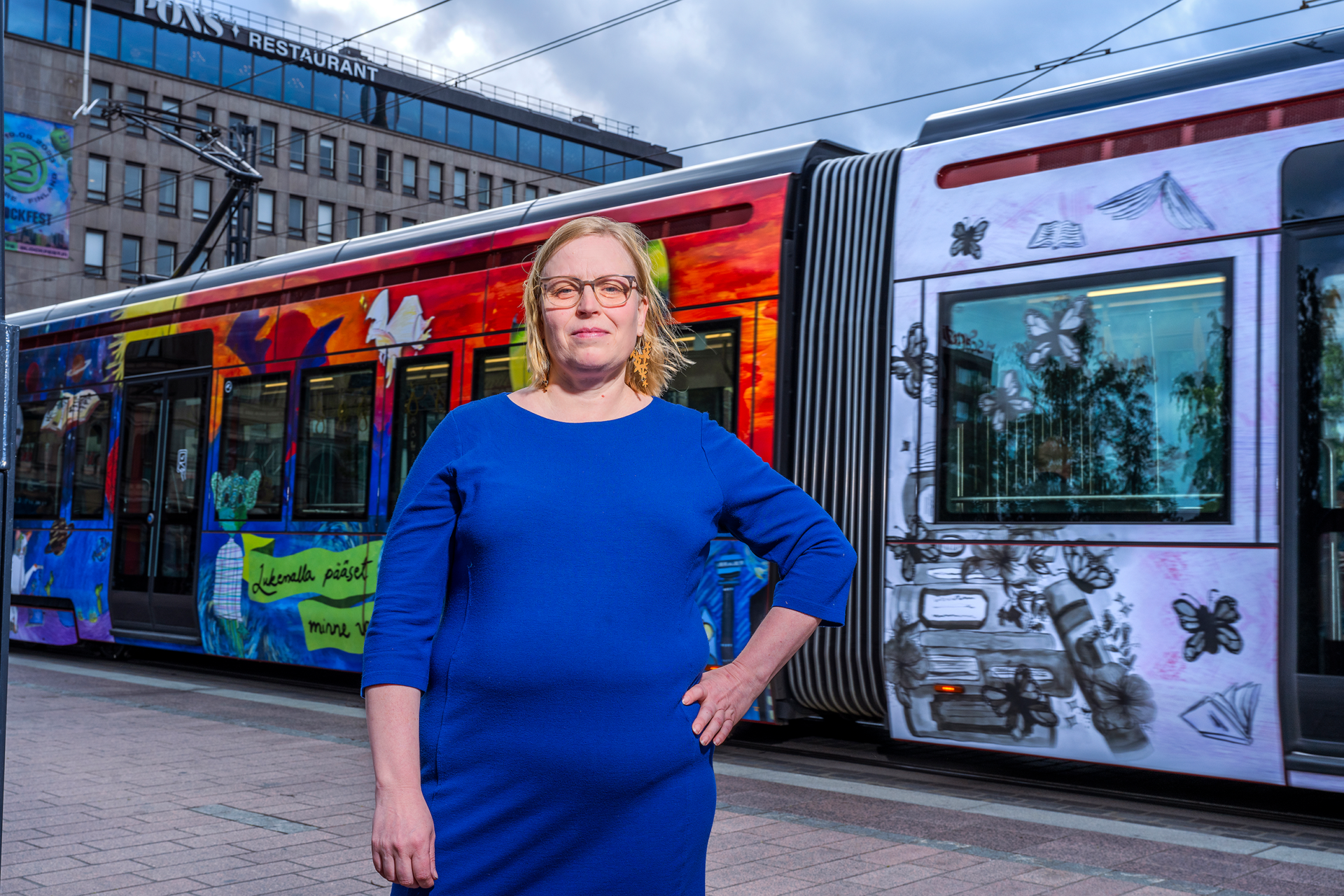
Previously, Leinonen has also worked as an IT manager. After studying service design, she applied for her current job at the City of Tampere. She heads a strategic development programme to understand people’s everyday lives and identify the things that prevent people from changing their mobility and consumption habits.
By combining surveys and data, it’s possible to identify potential targets to influence. “In some areas, people might be interested in vegetarian food and plant-based milk products, but haven’t yet switched to them”, Leinonen says.
Such observations from residents help to understand how things should be presented to residents of different regions.
“An individual experiment is a good thing in itself, but whatever happens after the experiment is actually more meaningful.
Interior designer Riikka Manninen, who specialises in sustainability, works as Adviser for Work Environments and Environmental Responsibility at Senate Properties. She has headed the development and implementation of several guidelines promoting low-carbon and circular economy measures at Senate Properties. Manninen has also collected ideas from the staff on how to develop operations to be more environmentally responsible, and supported teams in implementing experiments as part of the accelerator activities at Senate Properties.
“Porvoo’s pilot project on circular economy is a good example of how sustainability work can be accelerated. Initially, new sustainability targets were implemented at project level through an experiment. After that, the lessons learned from the experiment were scaled into guidelines that bind the organisation’s operations”, Manninen says.
Porvoo’s pilot project on circular economy tested and showed how to reduce emissions from an individual construction project. Manninen emphasises that individual projects are effective only if their lessons are applied more widely.
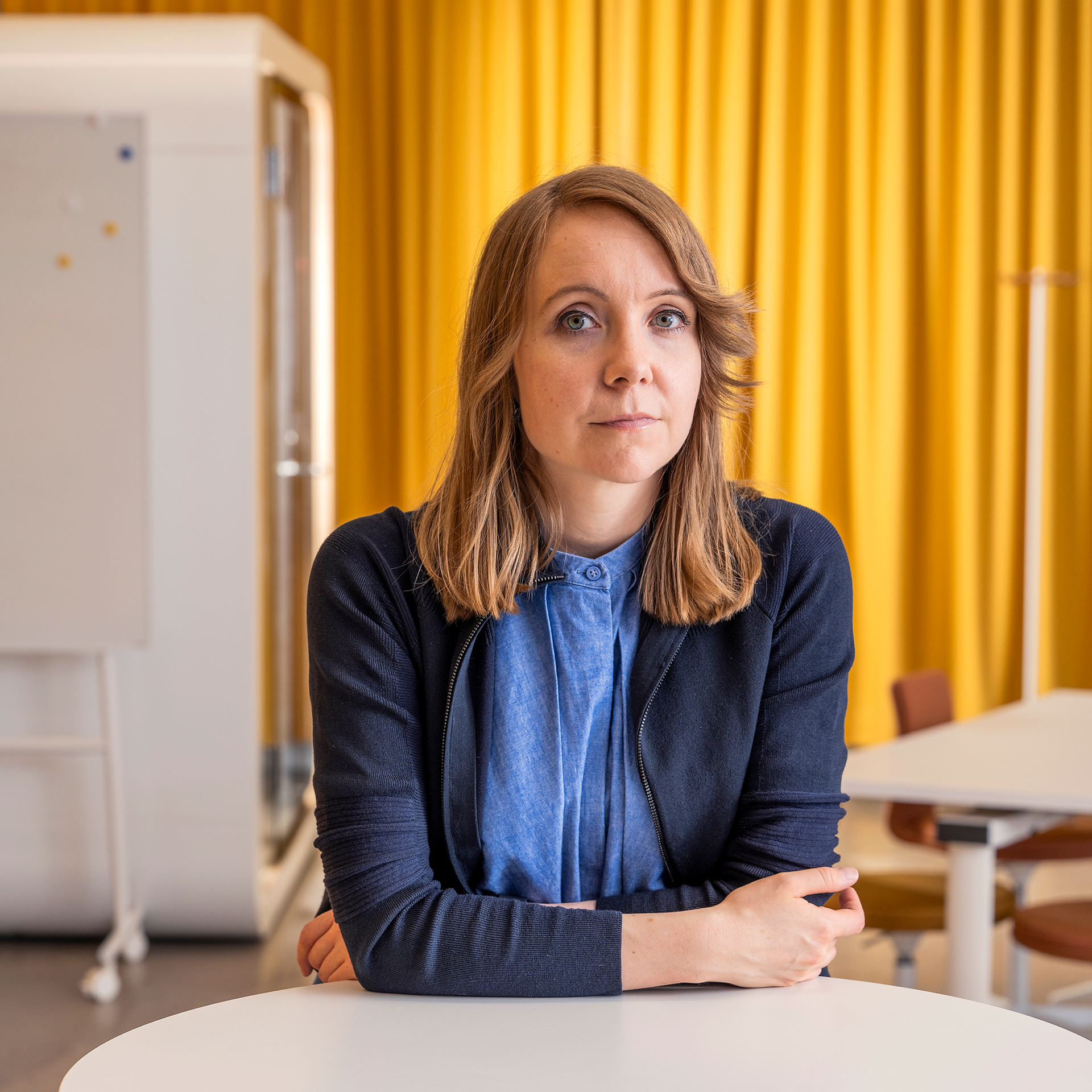
Renewing operations is long-term work, which is why it’’s important for organisations have inhouse designers or other developers who focus on responsibility”, Manninen points out.
Sustainable disruption refers to concrete changes that need to take place in people’s everyday lives as well as in the operations of companies and organisations.
Environmental designers worry that the change isn’t progressing fast or ambitiously enough.
“In their Vastuullisuuden tulevaisuus report, Sitra has described how organisations are often used to making quite small changes at a time. Therefore, for example, we need to use words such as transition and transformation in order to clarify that changes must be promoted very extensively”, Manninen says.
It’s not just about avoiding negative things, it’s also about doing positive things. In addition to the carbon footprint, we are now talking about a carbon handprint, which means positive climate benefits. These can be, for example, renewable energy produced by housing cooperatives and directed into the grid.
Designers have many skills that are needed to implement the sustainability transformation. They have the ability to visualise things and imagine positive futures. They have the ability to create people-centric solutions that are based on customer understanding.
Designers also have flexibility. They can try things out and, if necessary, agilely move to another mode of operation. Designers have good tolerance for uncertainty, as there are a lot of moving parts in the design process.
One of the challenges is that not all designers feel they have a mandate to influence the big picture. Whether designers are involved in the development of strategies depends on how the role of designers in the organisation is perceived. Designers should be able to communicate the impact of their work and their potential, not only within the design industry, but in society at large.
“Many designers are unnecessarily scared and don’t talk about these things because they feel they don’t know enough”, Emma Berg points out.
In her opinion, you can boldly start discussing and experimenting, even without knowing all the details of the latest climate report.
“Nowadays, there are also a lot of course opportunities if you want to get more information on sustainability issues alongside work”, Linda Vanni adds.
“Sustainability is really contextual, so we need to understand what industry and what issues we are trying to influence. When all of this is done there’s a way to do anytning”, Vanni encourages.

